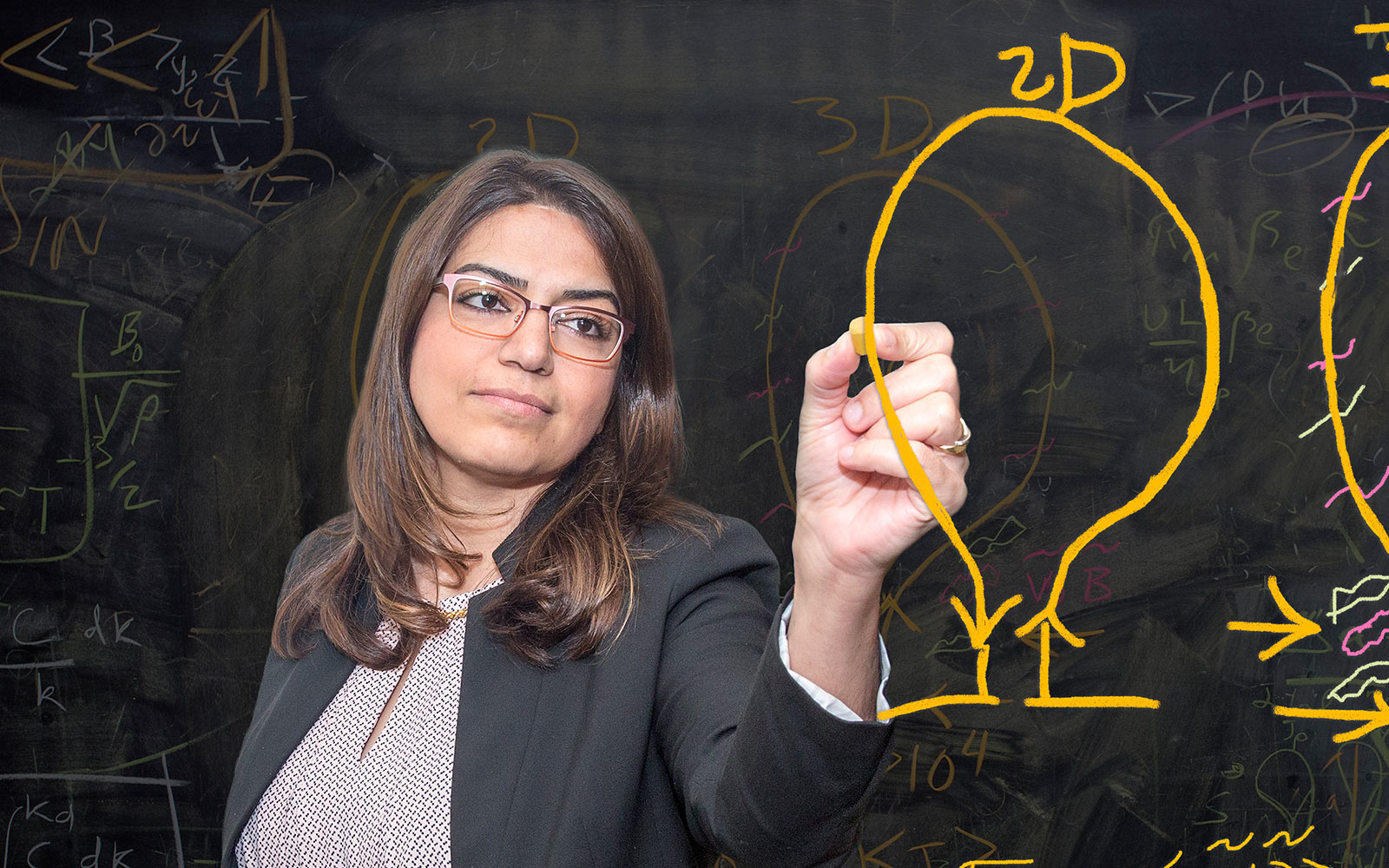PPPL physicist uncovers clues to mechanism behind magnetic reconnection
Physicist Fatima Ebrahimi at the U.S. Department of Energy’s (DOE) Princeton Plasma Physics Laboratory (PPPL) has published a paper showing that magnetic reconnection — the process in which magnetic field lines snap together and release energy — can be triggered by motion in nearby magnetic fields. By running computer simulations, Ebrahimi gathered evidence indicating that the wiggling of atomic particles and magnetic fields within electrically charged gas known as plasma can spark the onset of reconnection, a process that, when it occurs on the sun, can spew plasma into space.
“The secondary magnetic wiggles can amplify the magnetic fields at the reconnection site, triggering the event.”
That plasma can eventually interact with magnetic fields surrounding the Earth, endangering communications networks and power systems. In fusion facilities, reconnection can help start and confine the plasma that fuels fusion reactions. This research was funded by the DOE’s Office of Science (Fusion Energy Sciences) and was published in the December issue of Physics of Plasmas.
Using a computer code developed by researchers at universities and fusion labs, Ebrahimi simulated plasma circulating within a vessel shaped like a doughnut. The vessel mimicked the doughnut shape of fusion facilities called tokamaks. The simulated facility had an opening in its floor for physicists to inject magnetic field lines that would balloon in the tokamak’s interior and initiate the fusion process.
Click here to read the full story.
